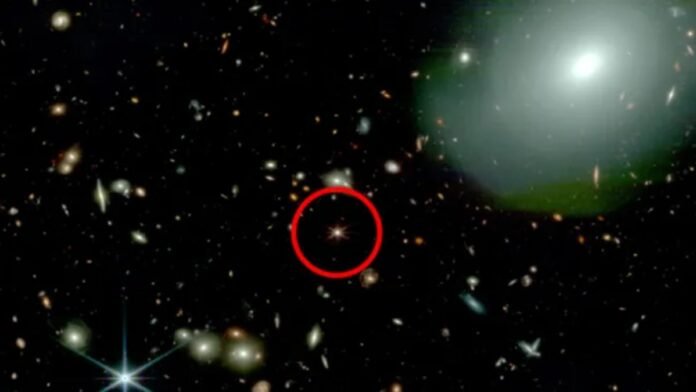Astronomers have exposed one thing sudden month having a look 13 billion years into the generation the use of the James Webb Dimension Telescope (JWST). They’ve noticed supermassive black hole-powered quasars that seem to be striking out in isolation. That is bizarre as a result of, consistent with wave theories, unlit holes want to be surrounded via a bundle of subject material to develop temporarily. However those quasars appear to be in gardens with modest to disagree gasoline to assistance such enlargement, retirement scientists scratching their heads.
Ordinary Quasar Grounds
A workforce led via Anna-Christina Eilers, an workman tutor of physics at MIT, studied 5 of the earliest identified quasars. Era some had been in environments full of topic, others had been virtually blank, which used to be sudden. In most cases, quasars want unclear atmosphere to develop their unlit holes, however those specific ones appear to be rising with out the ordinary provide of gasoline and mud. As Eilers put it, “It’s difficult to explain how these quasars grew so massive if there’s nothing nearby to feed them.”
Demanding situations to Dull Hollow Enlargement Theories
Within the provide universe, supermassive unlit holes take a seat on the middle of galaxies and feed on atmosphere topic, developing the shining phenomenon we all know as quasars. The newly found out quasars, then again, seem to shortage the essential assets. This raises a heavy query: how did those unlit holes develop so rapid in any such cut pace? At the moment, the prevailing theories about unlit hollow formation don’t appear to provide an explanation for what the JWST is appearing.
The After Steps
This discovery raises extra questions than it solutions. The workforce thinks it’s imaginable that a few of these apparently “empty” quasar boxes would possibly if truth be told be hiding subject material in the back of cosmic mud. They’re now making plans to tweak their observations to peer if they may be able to to find what’s been overlooked. What’s sunlit is that we’re nonetheless a long way from working out how those supermassive unlit holes got here to be so early within the universe’s historical past.


